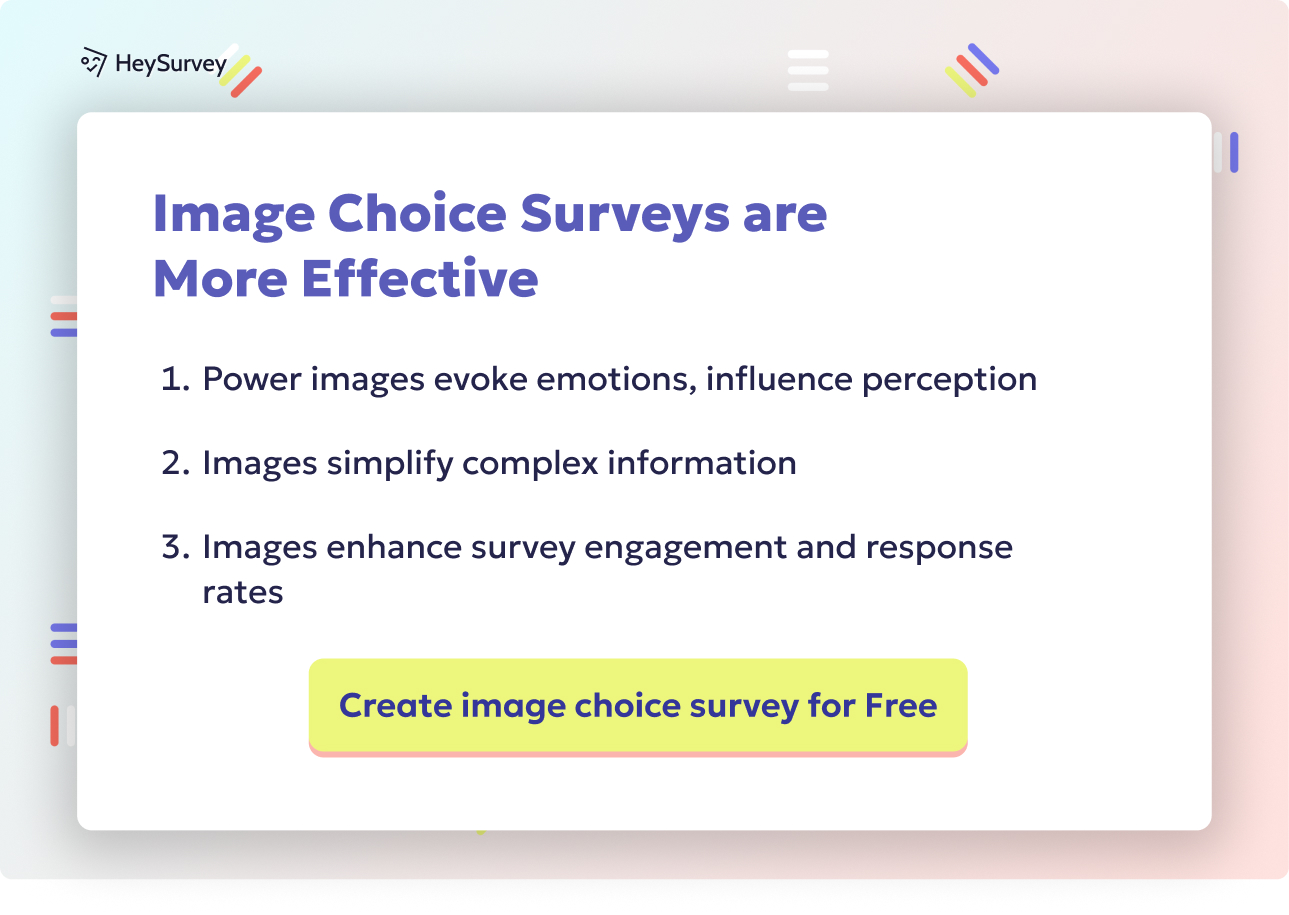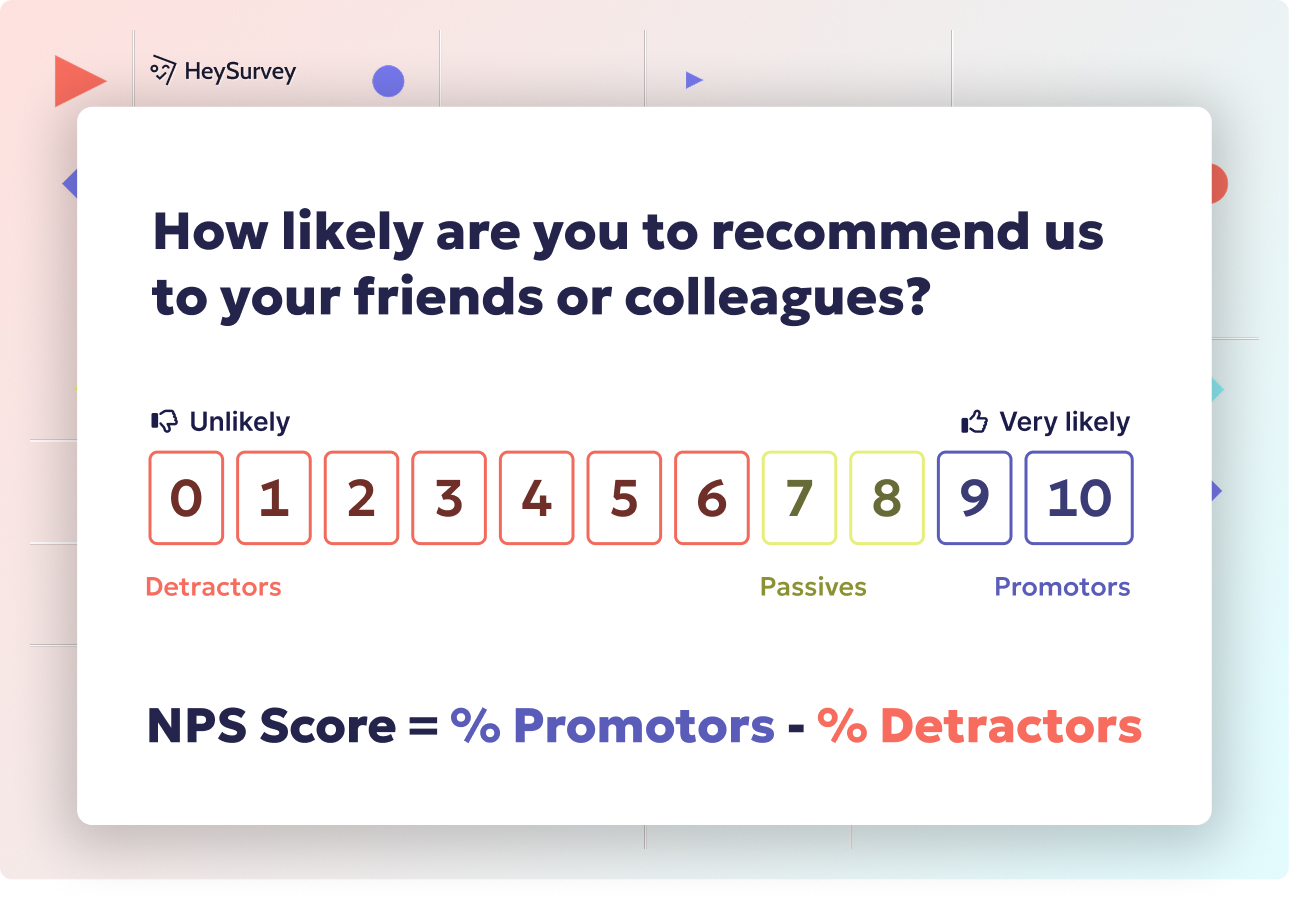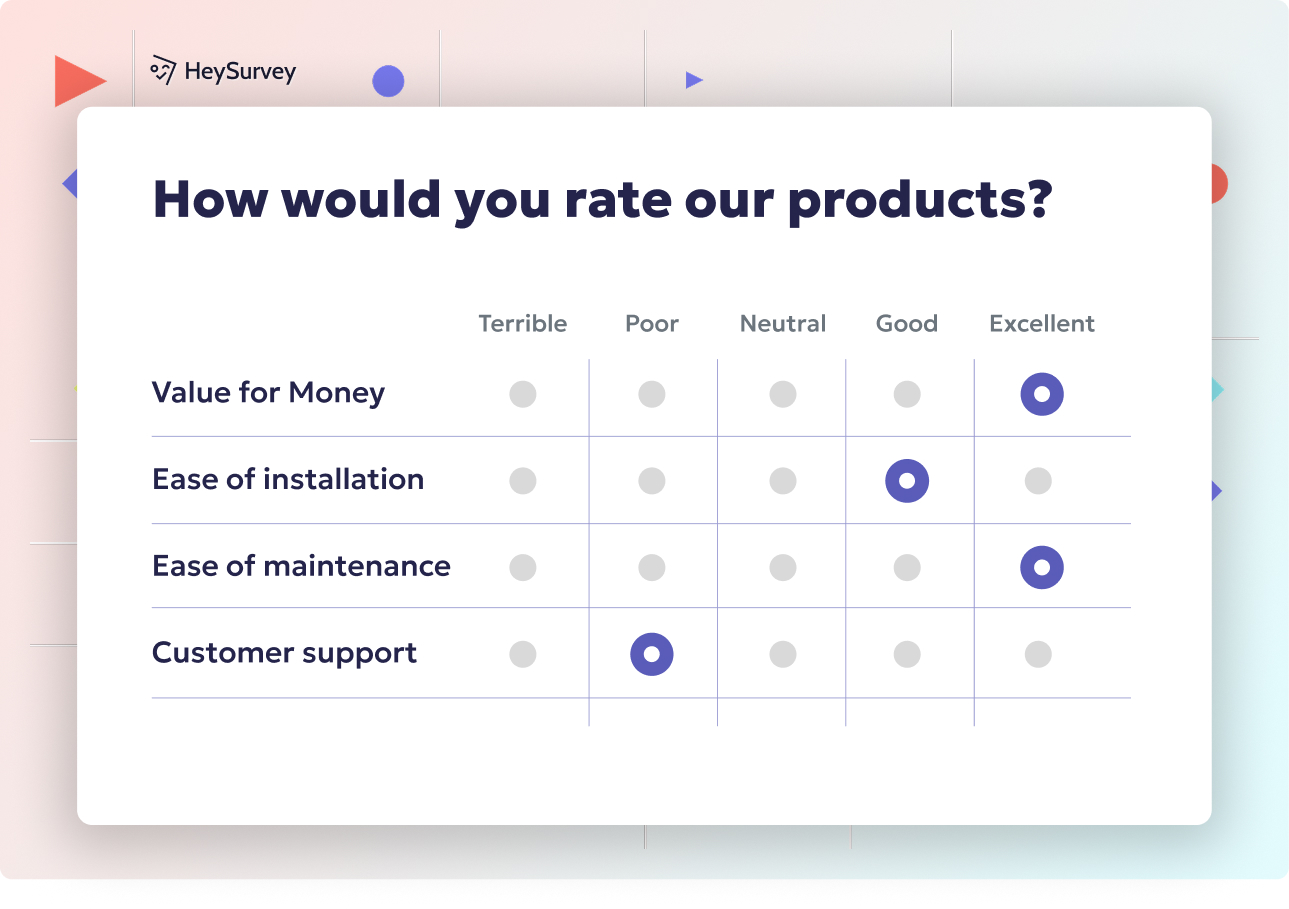29 Climate Survey Questions: Types, Uses & Winning Examples
Explore 25 expert climate survey questions across employee, school, DEI, safety & community surveys to uncover insights and boost engagement.
A climate survey does more than ask questions—it reveals the hidden temperature of your organization, school, or community. Whether you’re aiming for a happier workplace, a safer school, a more inclusive campus, or greener neighborhoods, the right climate survey questions are your secret weapon. Choose wisely, and you’ll spot perception gaps, guide smarter policies, and ignite engagement like a pro. Below, we’ll journey through five popular types—employee, school, DEI, safety, and community climate surveys. You’ll get actionable sample questions, and, yes, the very best tips for making your next survey a true game-changer!
Employee Workplace Climate Surveys
Organizational climate isn’t just a buzzword—it shapes how employees feel, collaborate, trust leadership, and ultimately, how they perform. An employee workplace climate survey is the go-to tool for taking this pulse, especially if you spot red flags like high turnover, sluggish culture-change efforts, or post-merger uncertainty.
Why & When to Use
Timely surveys help you pinpoint what’s working (or not) before minor rumbles turn into major quakes. It’s a smart move to run these: - Annually, as part of engagement check-ins, - After big shifts, like mergers or major leadership changes, - When you notice drops in morale, collaboration hiccups, or whispers of burnout.
Clear, anonymous responses are golden here—employees must trust there’s no Big Brother in the background. This honesty fuels the magic of internal benchmarking, letting you track improvement over time.
5 Sample Questions
I feel comfortable voicing concerns to my manager without fear of reprisal.
Our organizational goals are clearly communicated across departments.
Senior leadership actions align with the company’s stated values.
I have the resources I need to do my job effectively.
How likely are you to recommend this company as a great place to work?
These questions work well with a Likert scale (such as 1–5, from strongly disagree to strongly agree), helping you spot trends effortlessly.
Best-Practice Tips
- Use simple, jargon-free language—let every voice be heard.
- Highlight anonymity and reassure participants their answers are confidential.
- Mix in an open-text comment after your quantitative questions for richer insights.
- Benchmark internally—compare departments over time or pre- and post-initiative.
When morale missteps show up, you’ll be ready to act fast, guided by real voices instead of just guesswork.
Ensuring anonymity in employee climate surveys significantly increases response rates and the authenticity of feedback, leading to more accurate and actionable insights. (fisher.osu.edu)

How to Create Your Climate Survey with HeySurvey in 3 Easy Steps
Ready to dive in and create your own climate survey? Follow these simple steps, and you’ll have a professional-looking, actionable survey in no time—even if you’ve never used HeySurvey before!
Step 1: Create a New Survey
- First, log in or simply start without an account on HeySurvey’s homepage.
- Click on Create Survey and choose either a blank survey or use one of the pre-built templates that fits your climate survey type (like employee or safety climate).
- Give your survey an internal name so you can find it later, then jump straight into the Survey Editor, where all the magic happens.
Step 2: Add Your Questions
- Hit the Add Question button at the top or between existing questions to start building your survey.
- Select the question type—Likert scales, multiple-choice, text input, you name it—and type your climate survey questions directly.
- Customize each question with descriptions, images, or make them required to ensure valuable responses.
- Don’t forget to include a friendly open-text question for participants to share additional thoughts!
- Use branching rules if you want specific questions to appear based on earlier answers.
Step 3: Publish Your Survey
- Once your questions look spot-on, click Preview to check the flow and design from a respondent’s view.
- Adjust colors, fonts, and layout in the Designer Sidebar if you want to add some personal flair or align with your brand.
- When everything shines, hit Publish—note that you’ll need an account to publish and collect responses.
- Share the survey link via email, embed it on your website, or post it on social media to start gathering feedback.
Bonus Steps to Make Your Survey Stand Out
- Apply Your Branding: Upload your company or school logo to the top of the survey to create a trusted, professional feel. Choose colors and fonts that match your organization’s identity using the Designer Sidebar.
- Define Settings: Set a start/end date for collecting responses, limit the number of submissions, or customize a thank-you redirect URL for respondents. These little details keep your survey neat and purposeful.
- Skip Into Branches: Use branching logic to tailor the survey experience based on answers (e.g., skip questions that don’t apply), making the survey quicker and more relevant for each participant.
Ready? You can start by opening a tailored template using the button right below these instructions. Happy surveying!
School Climate Surveys
A school climate questionnaire helps you peek into the everyday mood of your classrooms and halls. Students, parents, and staff all crave an environment that feels safe, welcoming, and supportive—where learning thrives, and every kid can be their true self.
Why & When to Use
Tuning into your school’s climate is key at crucial times: - Roll out at the start and finish of the school year to track shifts and set goals. - After big policy tweaks (new discipline rules, for instance) or following community incidents. - To meet state or district reporting mandates for funding and improvement plans.
Acting on feedback quickly boosts trust. Even small tweaks—like extra staff visibility at recess—can make a difference when everyone feels heard.
5 Sample Questions
Adults at this school care about every student’s success.
I feel safe from bullying during school hours.
Lessons are engaging and connected to real-life situations.
Students of different backgrounds are treated equally here.
If I have a problem, I know which staff member can help me.
Questions should feel friendly, familiar, and tailored for the age group you’re surveying—third graders don’t need the ten-dollar words! For diverse communities, multiple languages and easy-to-read versions widen access (and your response rate).
Best-Practice Tips
- Always offer instructions and consent information for parents, especially for younger students.
- Include both closed and open-ended items for a more complete picture.
- Consider mobile-friendly formats for quick classroom check-ins or parent feedback nights.
A well-run school climate survey transforms wishful thinking into real, measurable growth.
Implementing school climate surveys can lead to improved student engagement, attendance, and leadership, as well as enhanced collaboration among educators. (learningpolicyinstitute.org)
Campus DEI (Diversity, Equity & Inclusion) Climate Surveys
Universities and colleges are microcosms of society—sometimes, those tiny worlds struggle with inclusion, too. A DEI campus climate survey gets to the truth about whether all students, faculty, and staff feel they belong, free from discrimination.
Why & When to Use
- After rolling out new diversity or anti-bias training sessions.
- During key strategic planning cycles, such as reaccreditation periods or Board of Regents reviews.
- When anecdotal complaints or formal reports hint at trouble.
DEI is everyone’s business, and confidentiality is especially critical to get honest answers. These surveys also need smart segmentation so you can compare experiences across gender, race, orientation, and many other identities.
5 Sample Questions
I see people like me represented in leadership positions on campus.
Campus policies support equitable treatment for all identities.
I have experienced or witnessed bias-related incidents in the past year.
Events and programs celebrate cultural differences effectively.
Rate your overall sense of belonging at this institution.
Include at least one open-text box for stories and details—it’s often these narratives that reveal the heart of your climate.
Best-Practice Tips
- Stress anonymity and confidentiality at every step, especially around sensitive topics.
- Offer results by demographic segment (while protecting privacy) to make targeted improvements.
- Share overall survey trends in campus-wide forums, closing the loop and showing a commitment to change.
A well-crafted DEI climate survey signals that your campus wants everyone to feel at home, not just at admissions, but all the way to graduation.
Occupational Safety Climate Surveys
If your organization values both productivity and people, a safety climate assessment tells you if you’re succeeding. These surveys are essentials in industries where a careless moment could mean real harm—but any workplace can benefit from knowing who feels safe, and who doesn’t.
Why & When to Use
Safety isn’t just an annual drill. Smart orgs survey: - Quarterly (especially in high-risk fields like manufacturing, construction, or healthcare). - After a close call, accident, or when seeking new safety certifications such as ISO 45001. - When whispers in the lunchroom point to near-misses or equipment gripes.
A clear, candid read on safety culture helps leaders fix small cracks before they lead to big losses.
5 Sample Questions
Management prioritizes safety over production deadlines.
I receive sufficient training to perform tasks safely.
Near-miss incidents are reported without blame.
Safety equipment is readily available and well maintained.
How confident are you that co-workers follow safety procedures?
Go for anonymous, mobile-friendly surveys where crews can weigh in even from a remote site or the factory floor.
Best-Practice Tips
- Use direct, jargon-free language every worker can understand.
- Focus on compliance-friendly keywords and standards (OSHA, ISO, etc.).
- Make sure everyone knows their honest feedback matters—and will lead to visible improvements.
Smart leaders don’t just celebrate zero-accident days. They keep refining culture so every person heads home safely, every day.
Developing industry-specific safety climate scales enhances the accuracy of safety assessments by capturing contextual nuances, leading to stronger associations with safety behaviors and outcomes. (pubmed.ncbi.nlm.nih.gov)
Community Climate-Change Perception Surveys
Climate change isn’t just a global drama—it’s a matter of local priorities, politics, and even optimism. A community climate change survey checks the pulse of your city, town, or region on everything from hazard worries to policy preferences.
Why & When to Use
- Before launching or lobbying for major city ordinances around climate action or renewable energy.
- During NGO drives to promote awareness and collective action.
- As part of a broader city or county sustainability plan, often tied to grant funding.
Local attitudes can be wildly different, even block by block, so demographic quotas help ensure you’re hearing from every corner of the community.
5 Sample Questions
How concerned are you about the local impacts of climate change?
Which climate-related hazards worry you most? (Select all that apply).
I support municipal investment in renewable energy even if taxes increase slightly.
I believe my personal actions can positively affect climate outcomes.
Rank the effectiveness of the following climate policies from 1–5.
Link responses to policy readiness by mapping the findings—so city officials, activists, or educators know just where to focus their next outreach.
Best-Practice Tips
- Segment results by district or neighborhood to map attitudes geographically.
- Use results to fine-tune communication (are certain groups skeptical of flooding, fire, drought, or all the above?).
- Embed location-relevant terminology so your findings have local impact and value.
Informed communities craft smarter policies—and drive climate solutions one neighborhood at a time.
Best Practices: Dos & Don’ts for High-Impact Climate Surveys
Crafting high-impact climate survey questions is an art and a science. Done right, your survey is a mirror and a map—reflecting reality and guiding where you go next.
Dos
- Keep language neutral—don’t tip the scales or show your hand.
- Prioritize anonymity every time; it’s how you get the truth and not just the polite version.
- Pilot test your survey with a small group to catch confusing wording or unexpected bugs.
- Mix closed (multiple choice, scales) and open-ended questions for both quick data and thoughtful stories.
- Time your survey carefully—don’t ask about annual reviews right after layoffs, or run school surveys during finals.
Don’ts
- Don’t lead respondents (“Our lovely new policy is fantastic, right?”—nope).
- Avoid jargon overload—if your question requires a dictionary, rewrite it.
- Don’t ignore cultural context; what feels safe or inclusive in one setting might not in another.
- Never skip feedback loops; always close the loop by sharing summary results and actions.
- Don’t dump raw data without translation; always add meaningful summaries or visuals.
By following these best practices for climate surveys, you’ll create questions that unlock the truth, foster trust, and spark action.
Conclusion & Next Steps
Choosing the right survey type with a clear purpose turns climate feedback into genuine progress. Well-written climate survey questions are your secret insight engine, whether you're changing school policy, improving workplace safety, or greening your city.
Download our ready-to-use survey templates, book a consultation, or sign up for more tips in our newsletter. Let’s keep the conversation going—regular surveys are your best friends for tracking growth and celebrating wins. Thanks for keeping your climate forecast sunny!
Related Culture Survey Surveys

28 Campus Climate Survey Questions for Effective Feedback
Discover campus climate survey questions with 25 insightful samples on DEI, safety, and well-bein...

31 School Climate Survey Questions to Measure School Culture
Explore 30 essential school climate survey questions with samples for students, staff, parents, a...

29 Essential Bullying Survey Questions to Improve Safety
Explore 30+ effective bullying survey questions with sample queries across student, workplace, cy...

